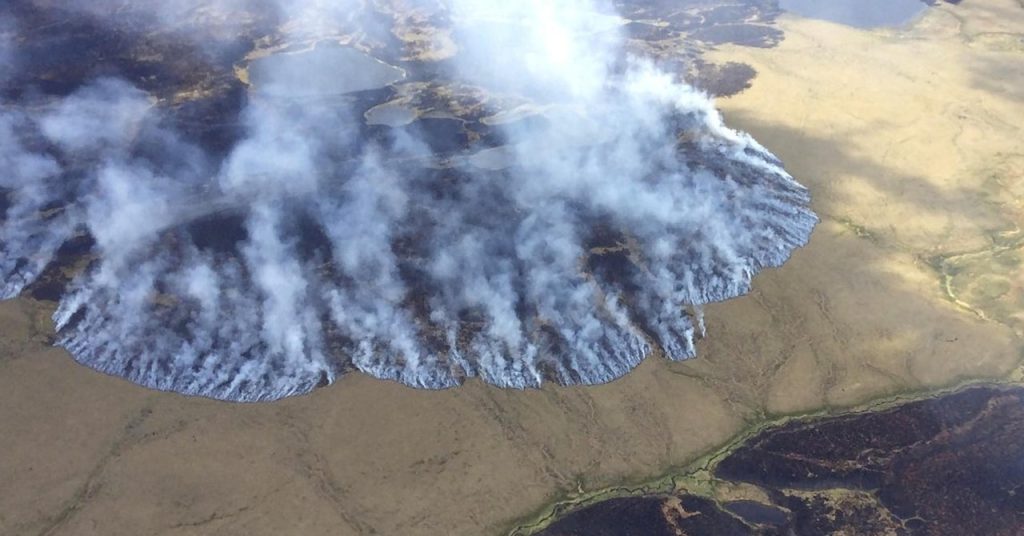Understanding the Rise of Zombie Fires
Historical Context and Recent Trends
Reports of zombie fires date back to the 1940s, when they were rare. However, in the past two decades, these fires have become more frequent and intense, coinciding with accelerated warming in the Arctic.
Impact on Carbon Emissions
Arctic peat soils trap more carbon than the entire atmosphere. These fires release gigatons of carbon into the air, raising concerns about the role of sudden warming.
Key Findings from Our Research
Mathematical Model Insights
We developed a mathematical model to explore how temperature and carbon content in peat soils respond to weather and climate changes. Our model also considers how certain microbes generate heat while breaking down soil, releasing carbon into the atmosphere.
Two Remarkable Results
Our research yielded two significant findings:
- Microbes can generate enough heat for underground peat to smolder at around 80 degrees Celsius (176°F) over winter, ready to ignite in spring. This can happen without any aboveground fire or extreme weather conditions.
- A sudden transition from the regular cold state to a hot metastable state can be triggered by realistic climate patterns, such as summer heat waves and global warming. The rate of atmospheric temperature increase is crucial; a slower rate prevents the transition.
Real-World Implications
While we haven’t proven this phenomenon in the real world or in a lab, similar events have been observed. For example, a large fire on the outskirts of London during a 2022 heatwave was likely caused by spontaneously combusting compost.
“It is not the heat, it is the rate.”
Combating Zombie Fires
Climate Change and Extreme Weather
As the climate warms, extreme weather conditions become more common, potentially leading to more zombie fires. This creates a vicious cycle: carbon released from peat soils worsens climate change, leading to more fires and extreme weather.
Rate-Induced Tipping Points
Zombie fires exemplify a rate-induced tipping point, where rapid changes in external conditions cause a system to transition to an undesired state. The contemporary climate may be approaching—or has already exceeded—dangerous rates of change for natural systems like bioactive peat soils.
Preventive Measures
To prevent further zombie fires, we must limit climate variability. While policymakers often focus on atmospheric temperature levels, the rate of change could be equally or more important for short-term resilience.

6 Comments
So, are we now worried about zombie fires?
How did we jump from climate change to “zombie fires”?
And just when you thought 2020 was wild enough!
Arctic zombie fires?!
Hold up, zombie fires? What’s next, fire-breathing penguins?!
Whoa, zombie fires in the Arctic? That’s terrifying!